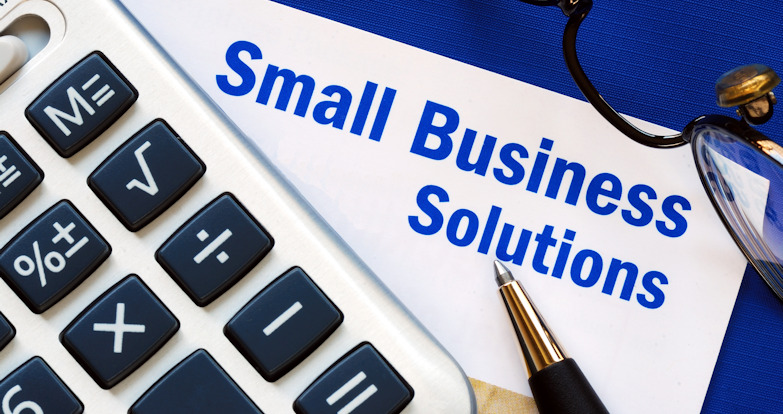In September 1995, Pierre Omidyar created the online auction conglomerate known as eBay. Omidyar’s vision was to create a virtual marketplace for the sale of goods and services for and by individuals.
To get the business off the ground, Omidyar and cofounder Jeff Skoll enlisted the help of Meg Whitman, branding guru and Harvard Business graduate. Whitman, who formed her management team with senior level executives from industry leaders like Pepsico and Disney, helped create a strong mission for eBay, which was to be in the business of connecting people — not selling products to them. Rather, they've created a person-to-person marketplace on the Internet, where sellers list items for sale and interested buyers bid on these items.
When eBay first launched, the site immediately became a popular channel for auctioning collectibles, but it soon expanded into other markets such as automobiles, business and industrial equipment, and consumer electronics, where the average sales price (ASP) is higher. Boosting the ASP was a critical component of increasing sales for eBay. Why? Because eBay's transaction fees are based on a percentage of sales. The higher the ASP, the more money eBay makes on each of the transactions it facilitates.
EBay has pioneered and internationalized automated online person-to-person auctioning. Previously, such commerce was conducted through garage sales, collectibles shows, flea markets, and classified advertisements. An online marketplace facilitates easy perusing for buyers and enables sellers to list an item for sale within minutes of registering.
Browsing and bidding on auctions is free, but sellers are charged transaction fees for the right to sell their goods on eBay. There are two kinds of transaction fees:
- When an item is listed on eBay, a nonrefundable insertion fee is charged based on the seller's opening bid on the item.
- Once the auction is completed, a final value fee is charged. This fee generally ranges from 1.25 percent to 5 percent of the final sale price.
EBay also upsells its listing fees with enhanced auction features, including highlighted or bold listings, featured status, and other ways for sellers to increase the visibility of their items.
Once the auction is finished, eBay notifies the buyer and seller via email. Completing the transaction is then up to the seller and the buyer, and eBay collects its final value fee independent of payment and shipment.
More from AllBusiness.com:




